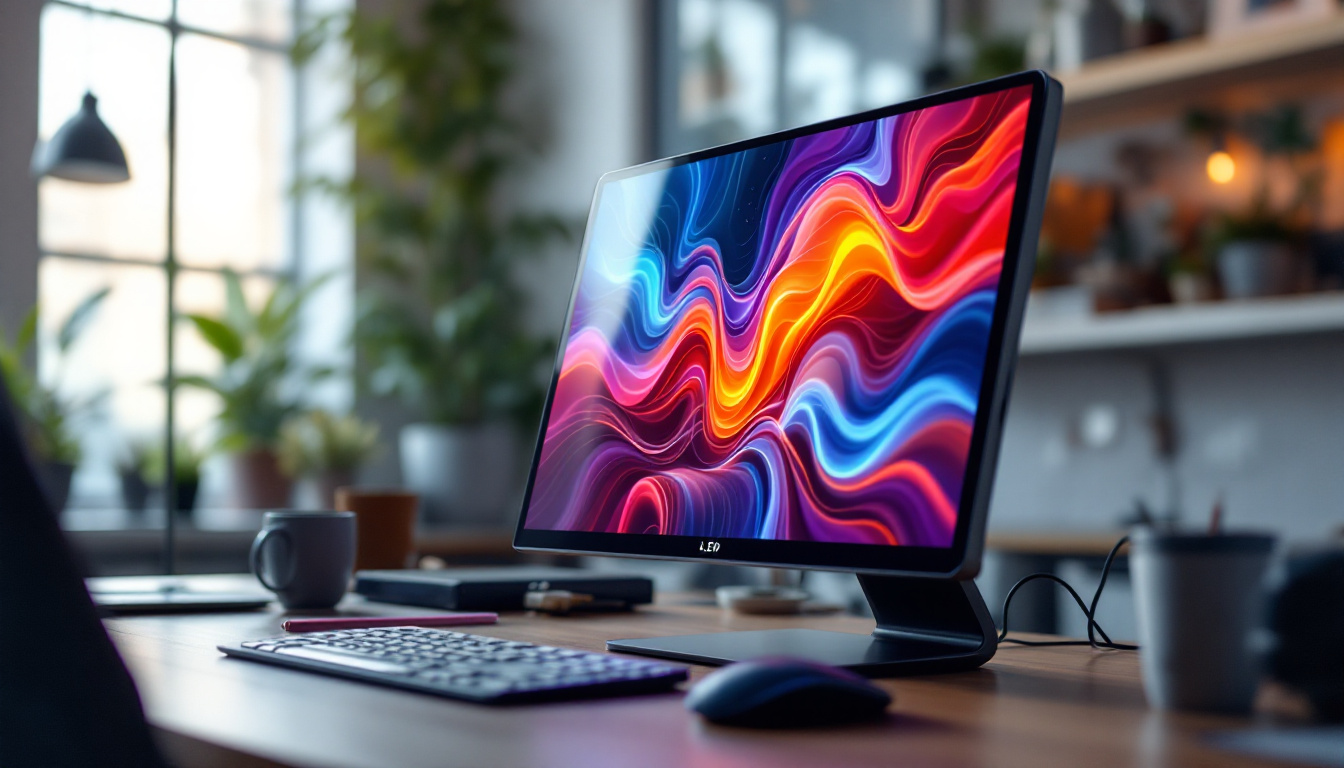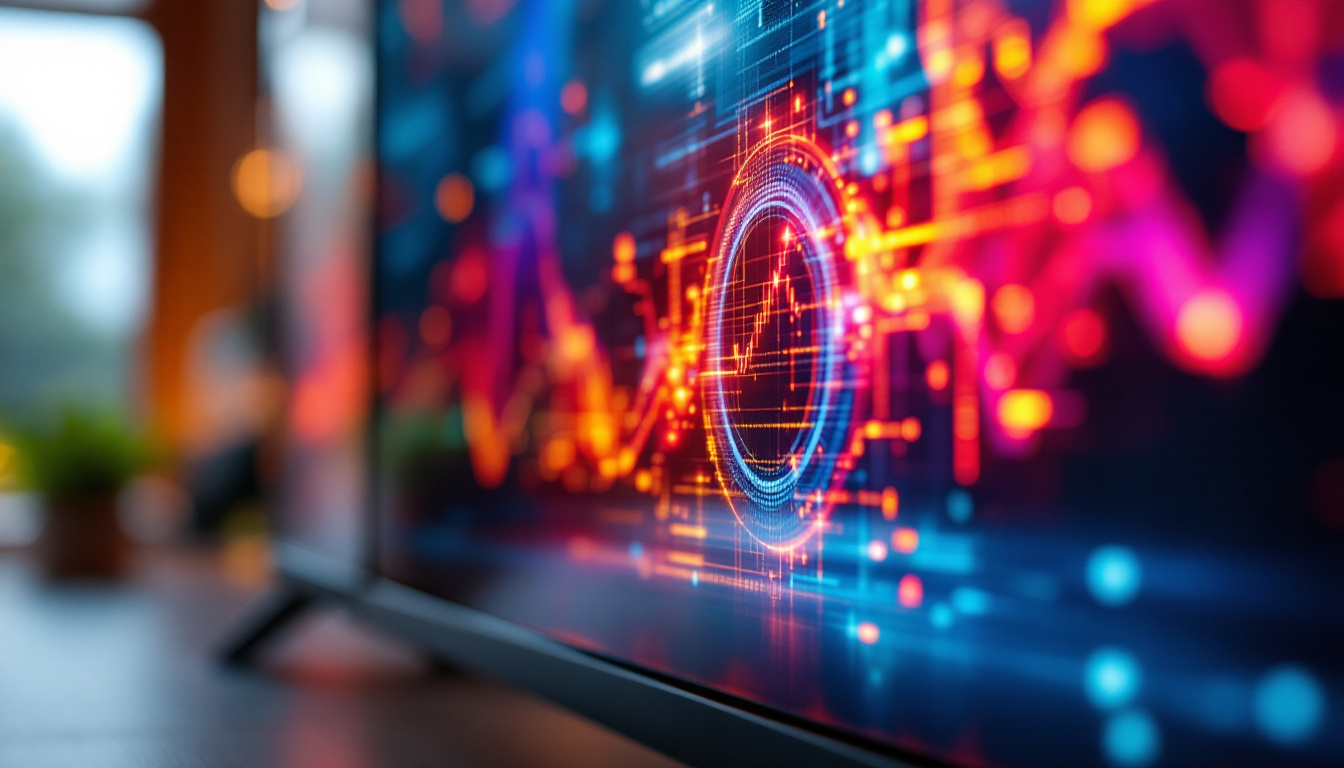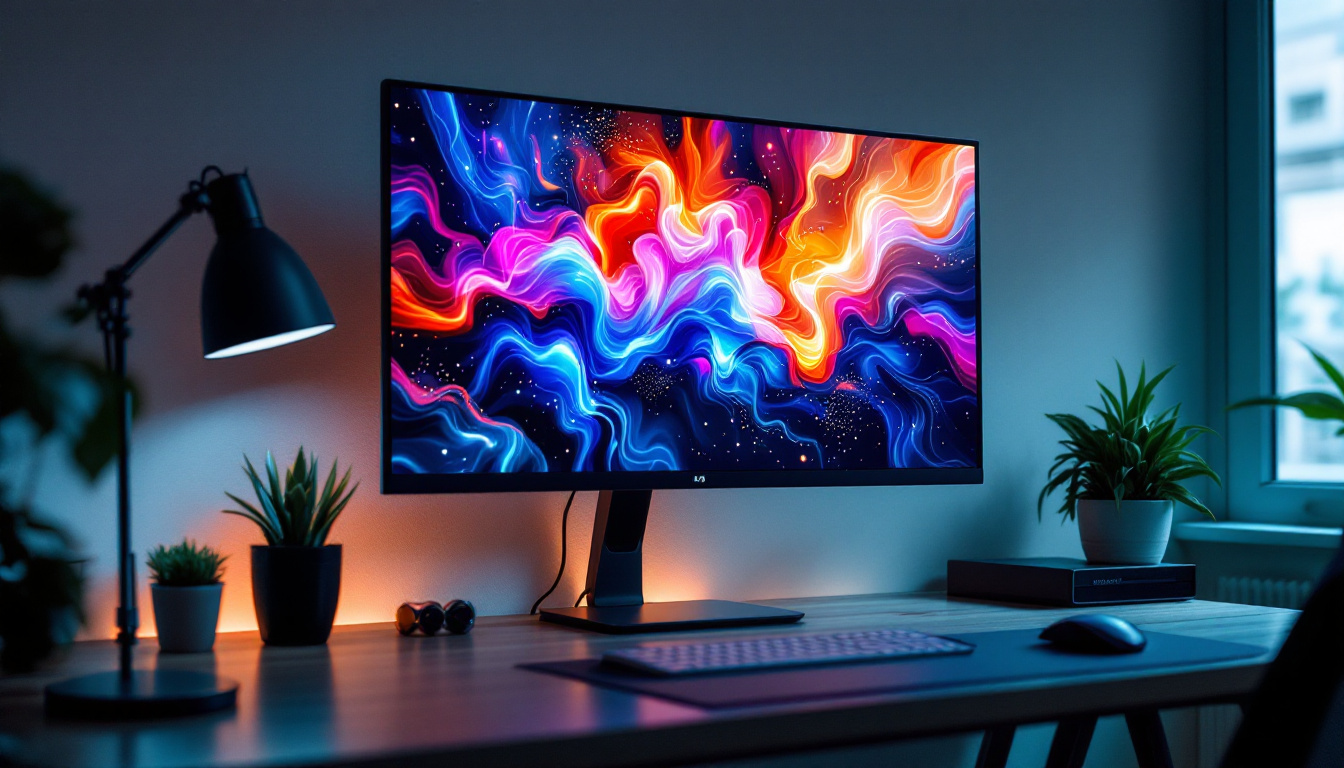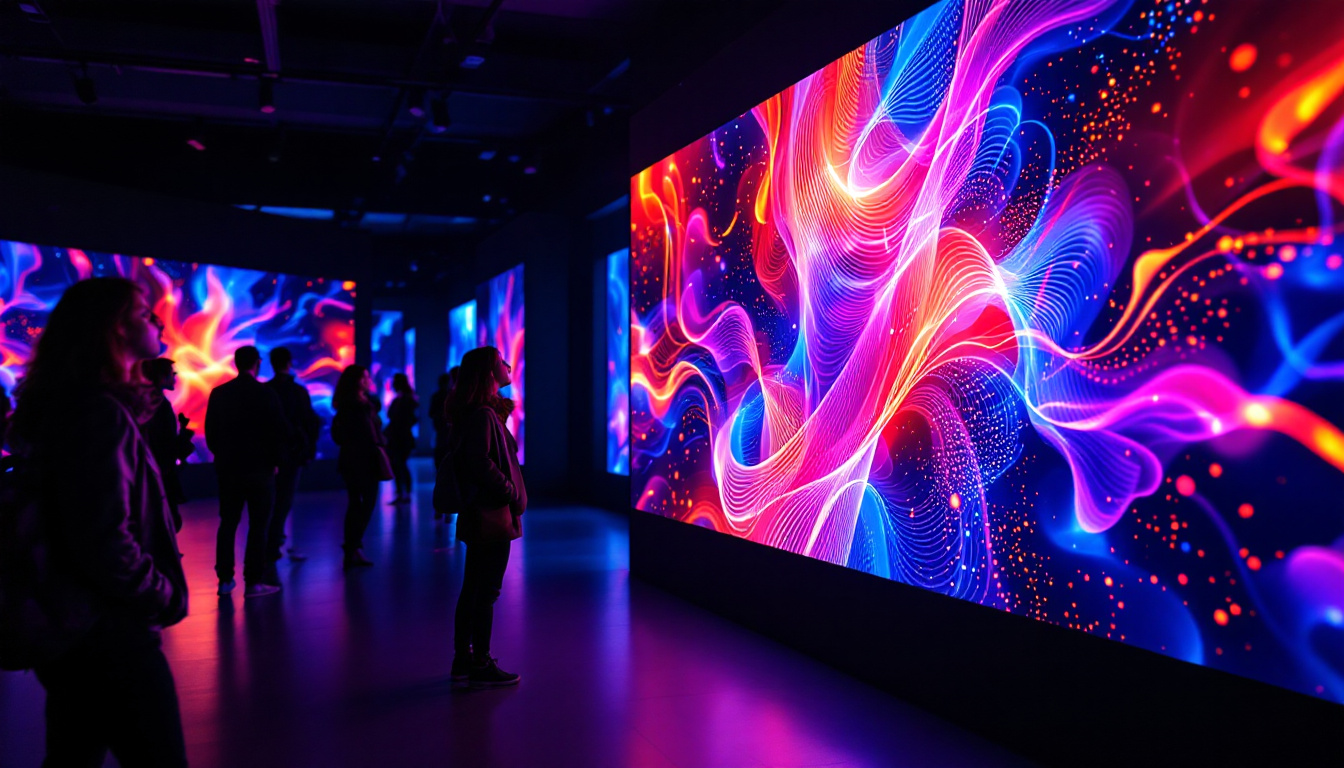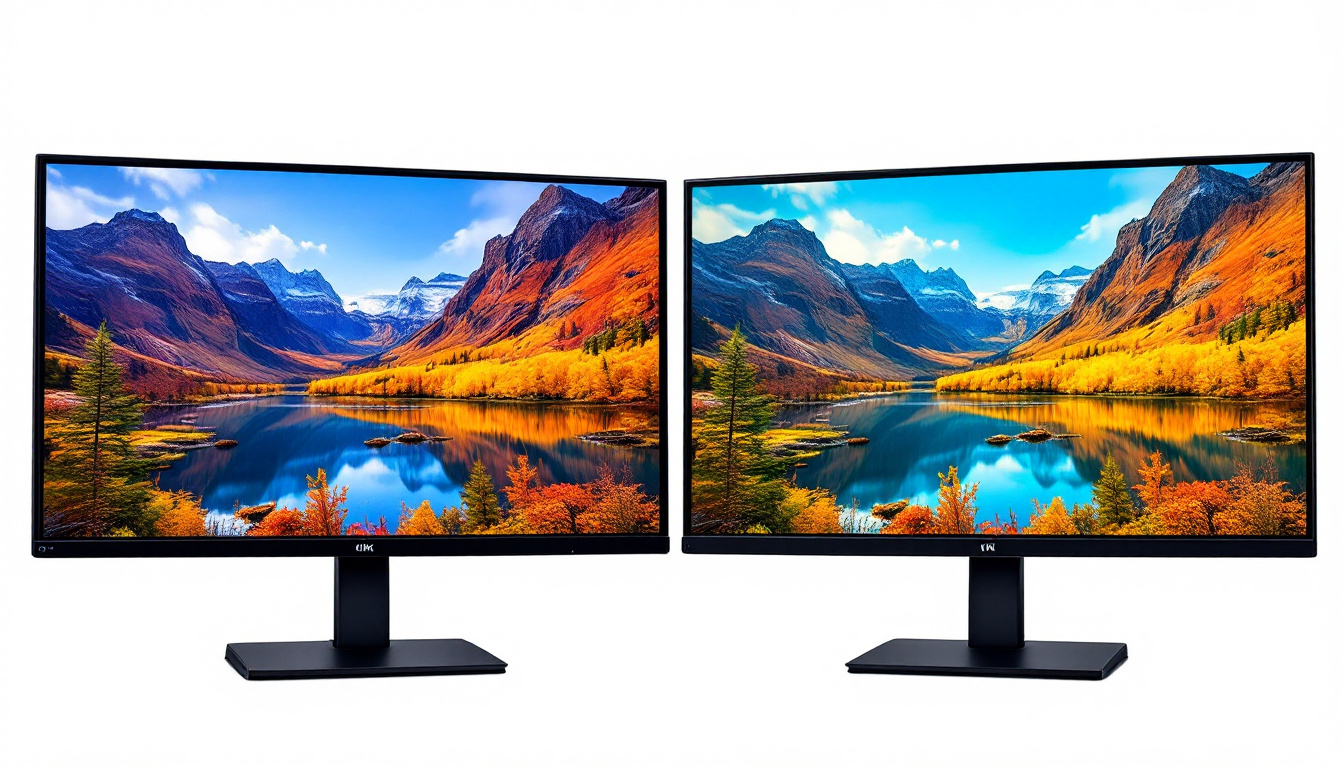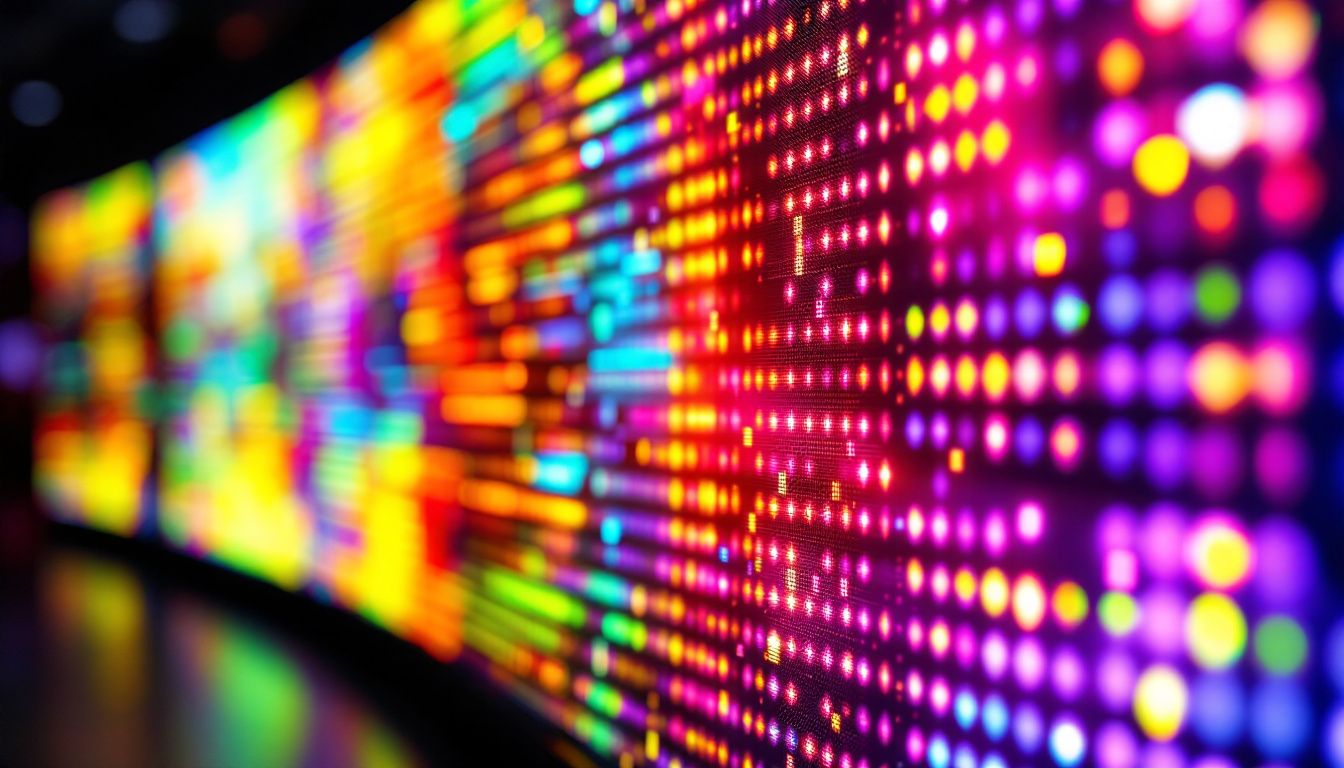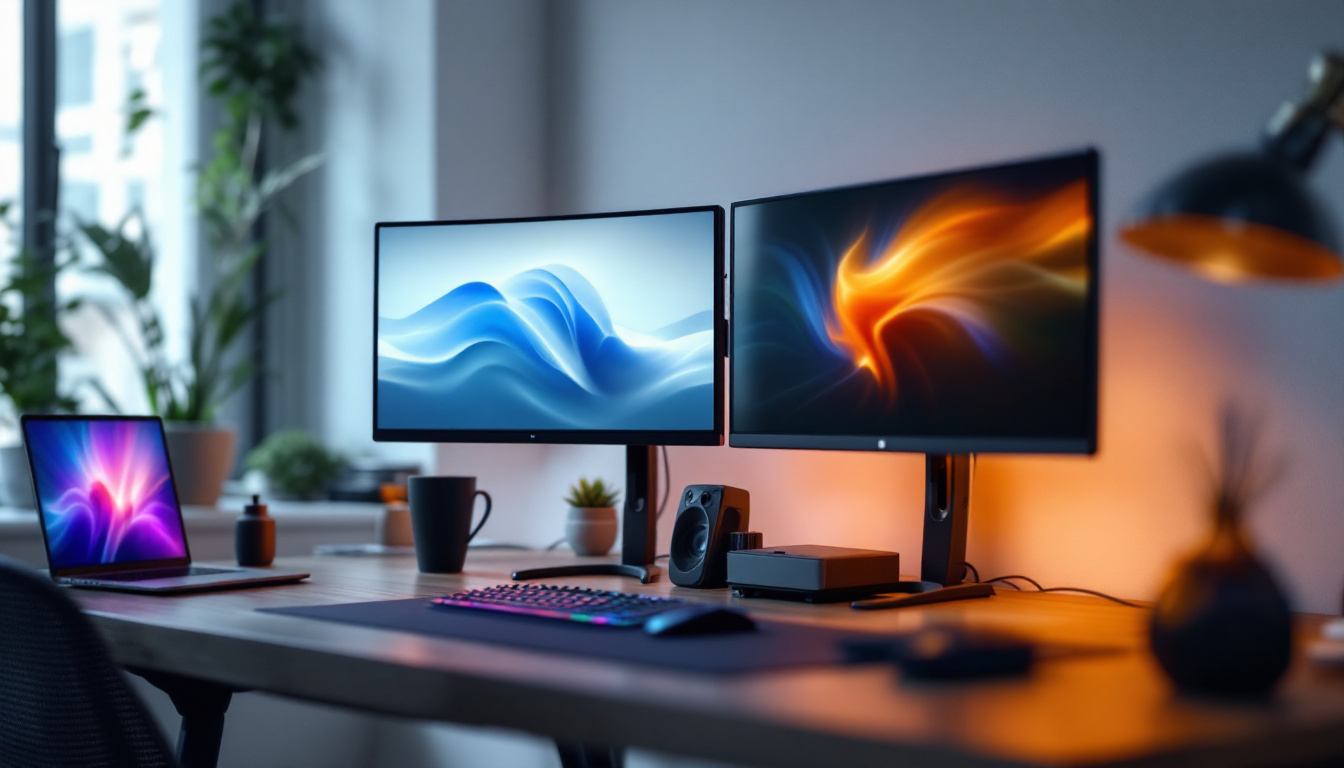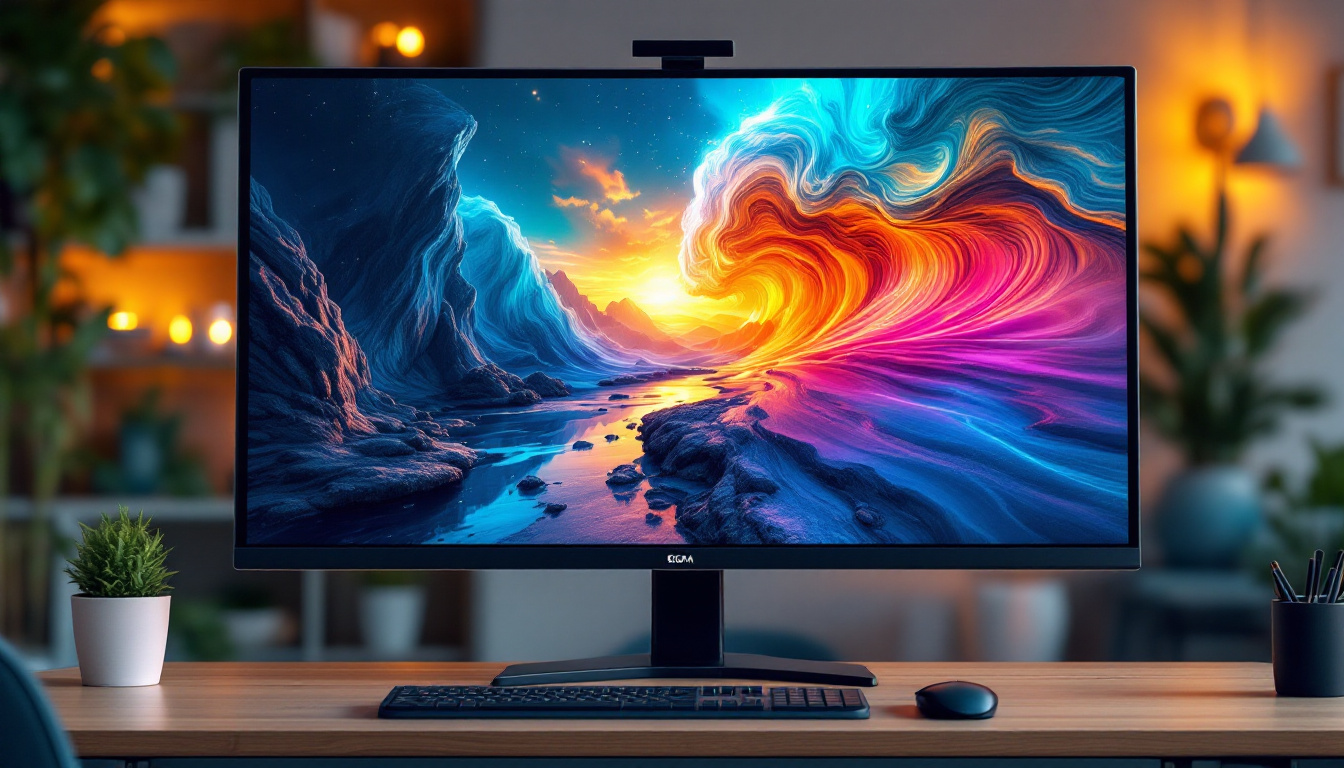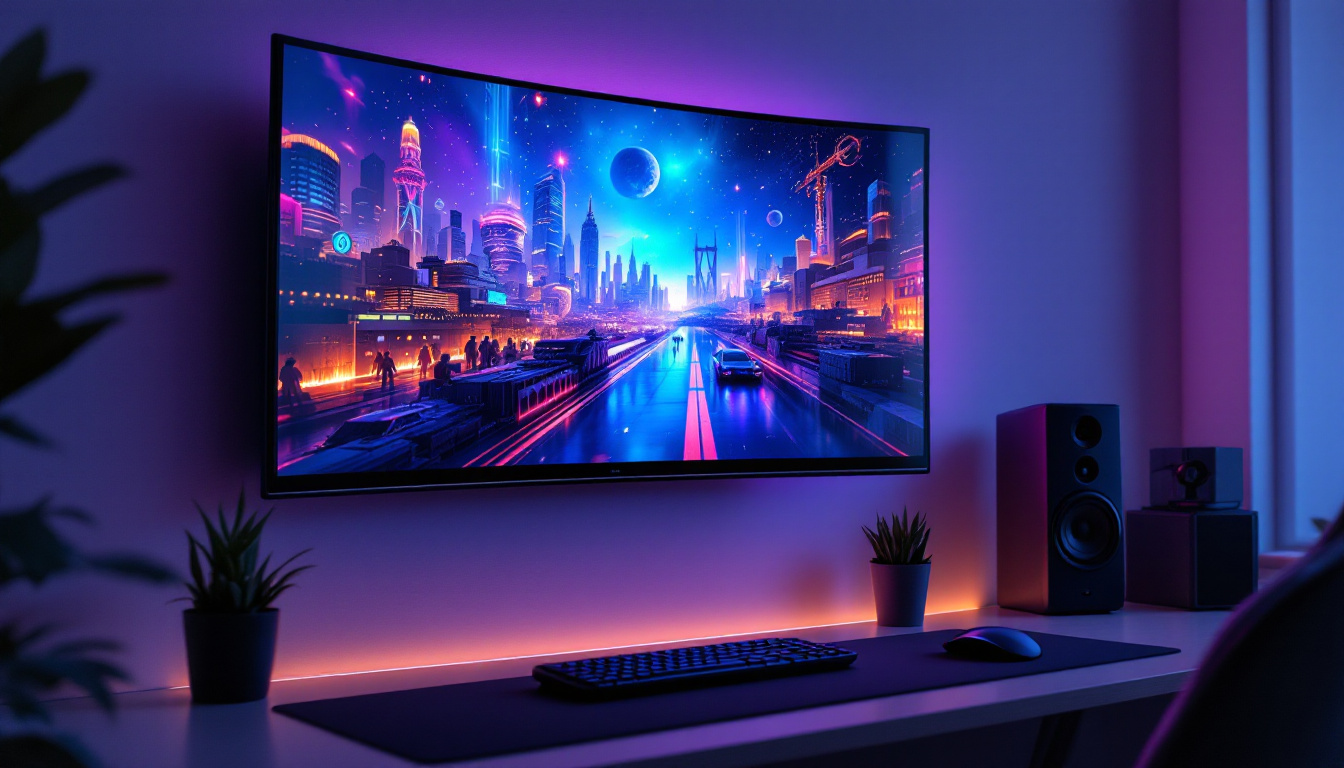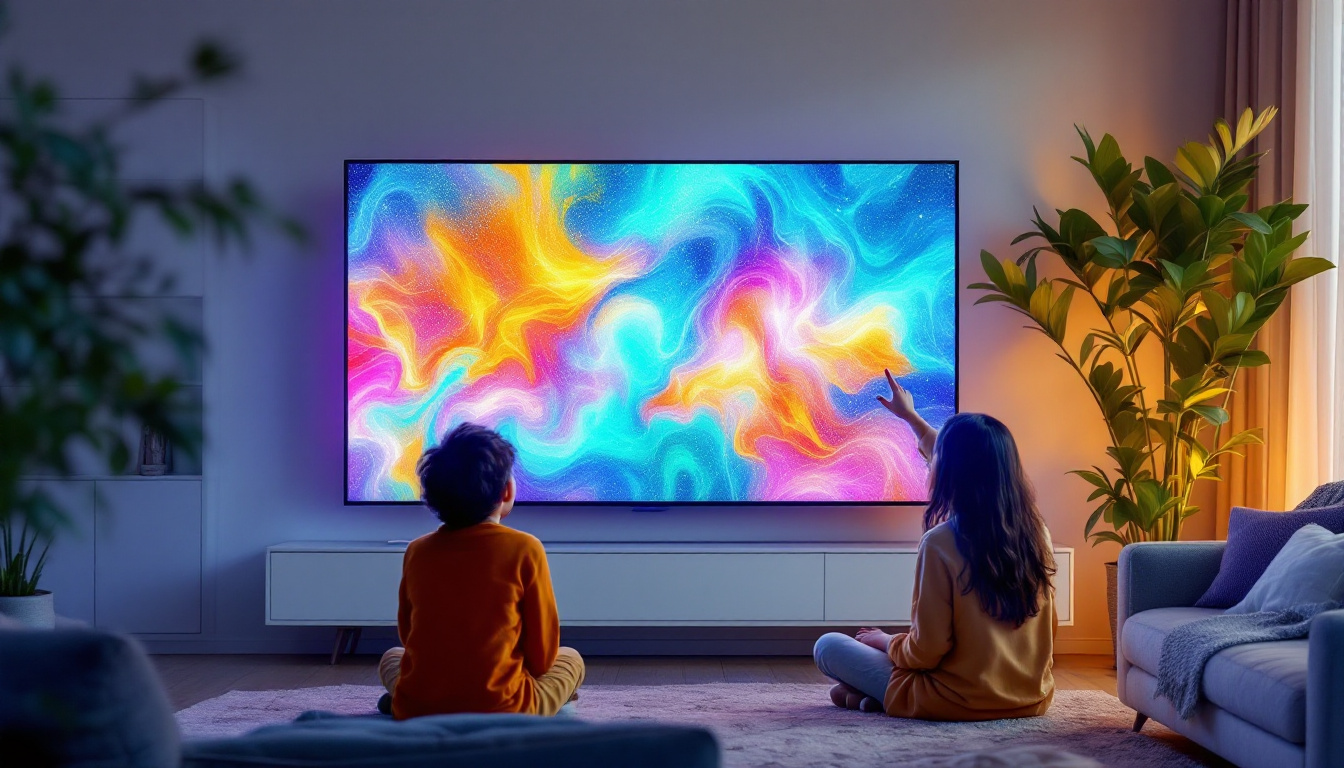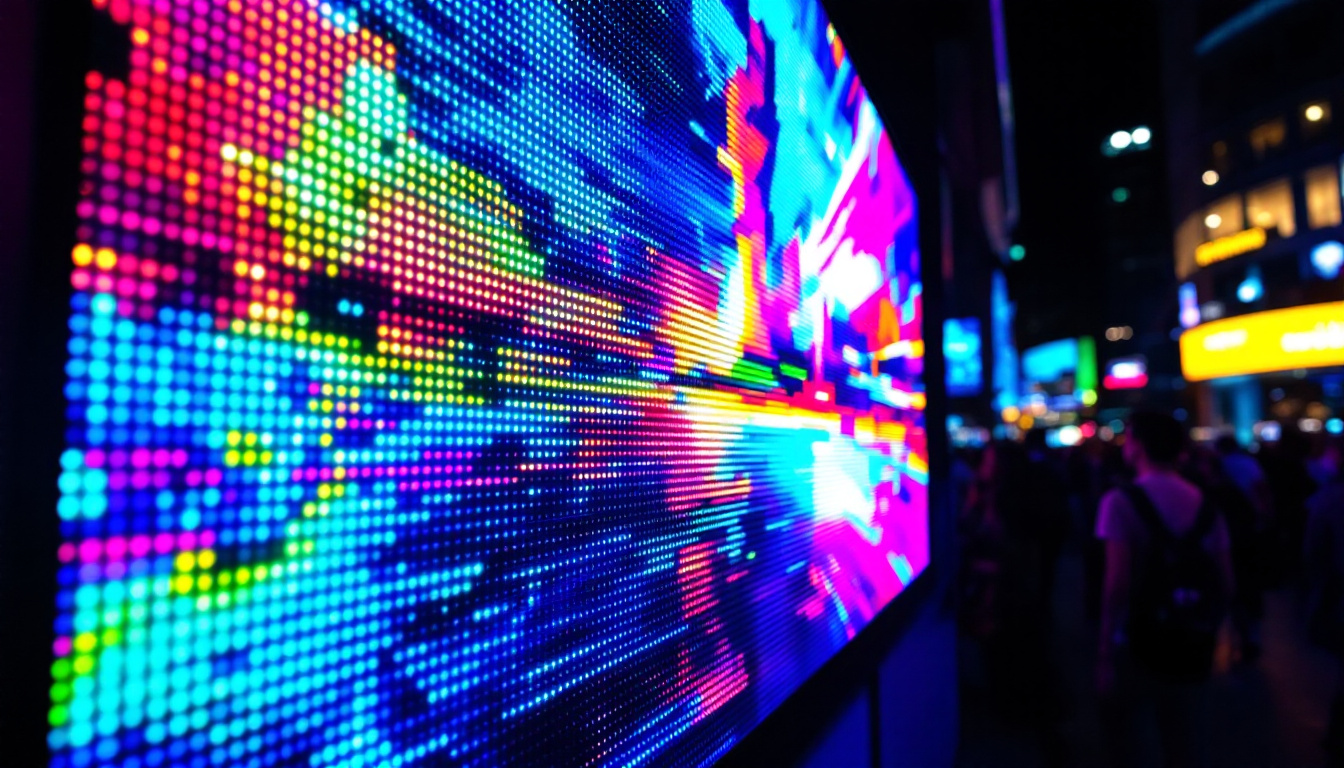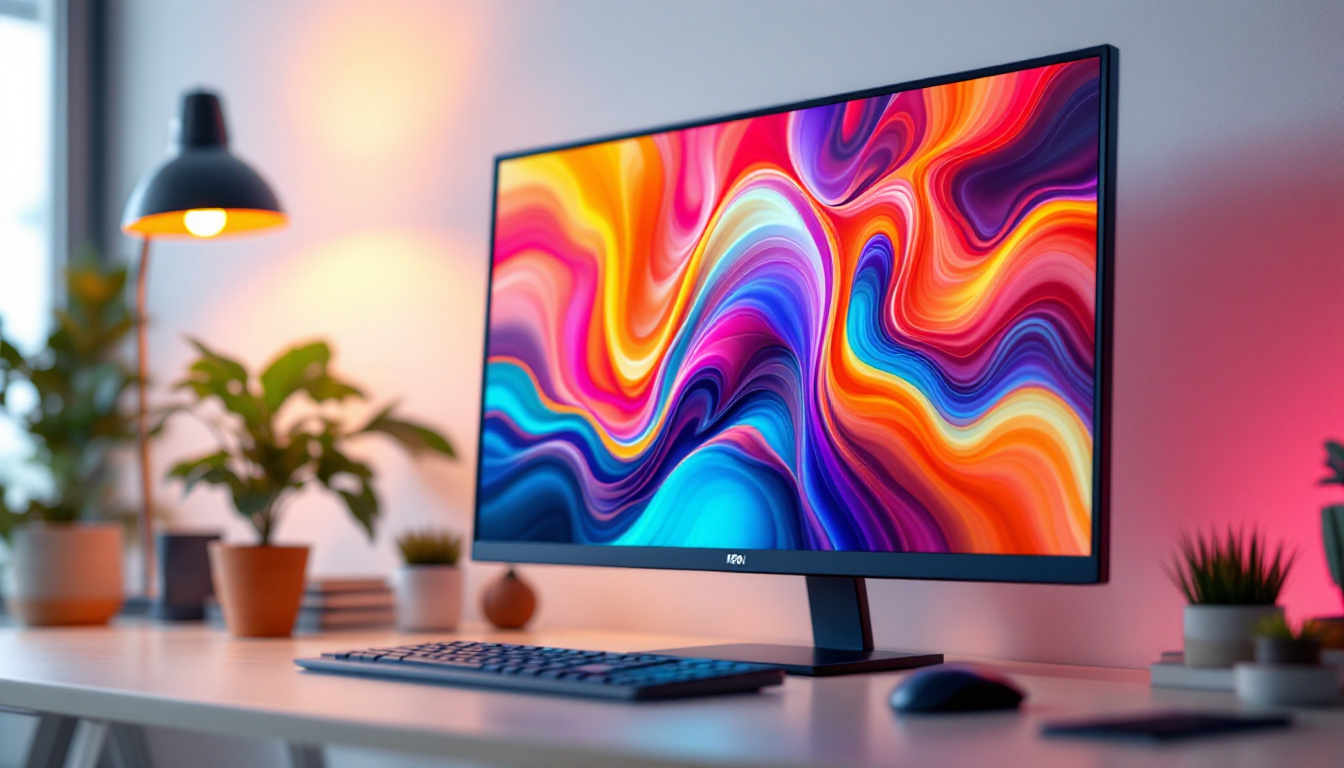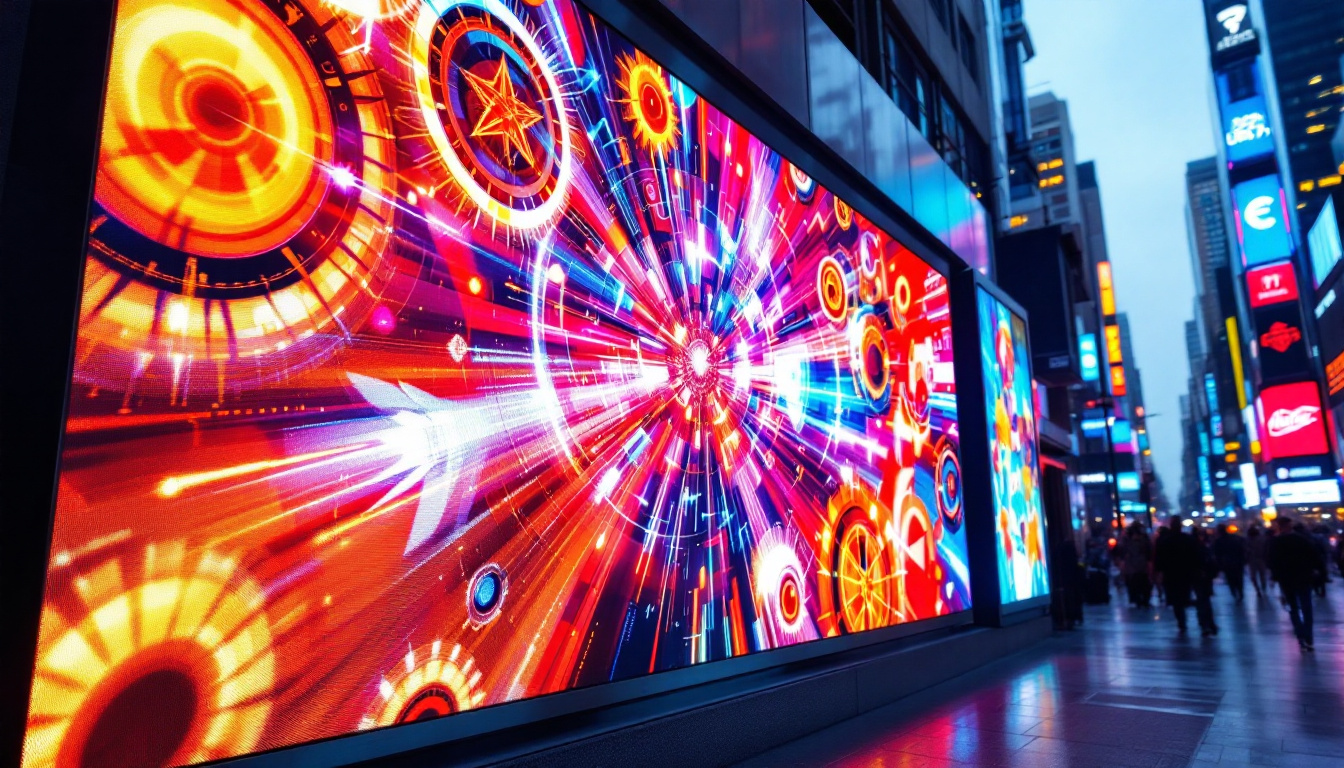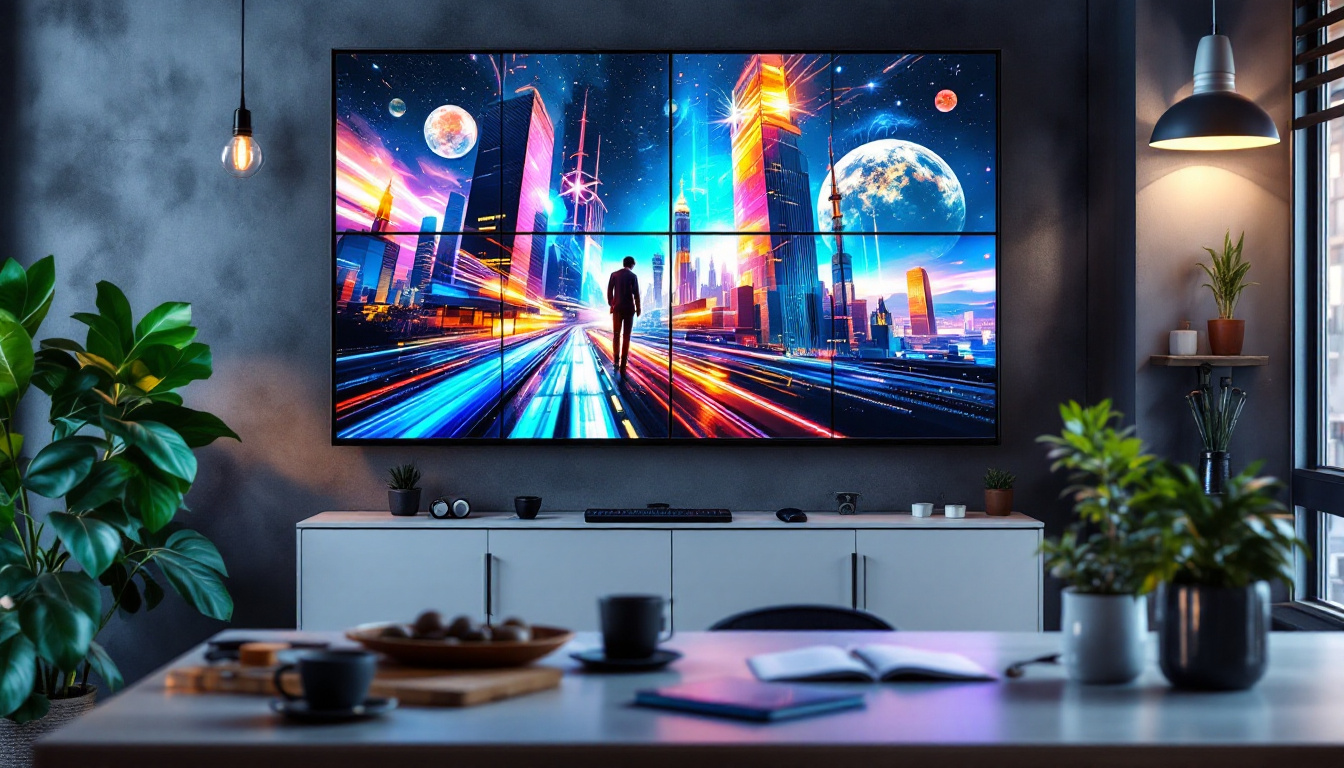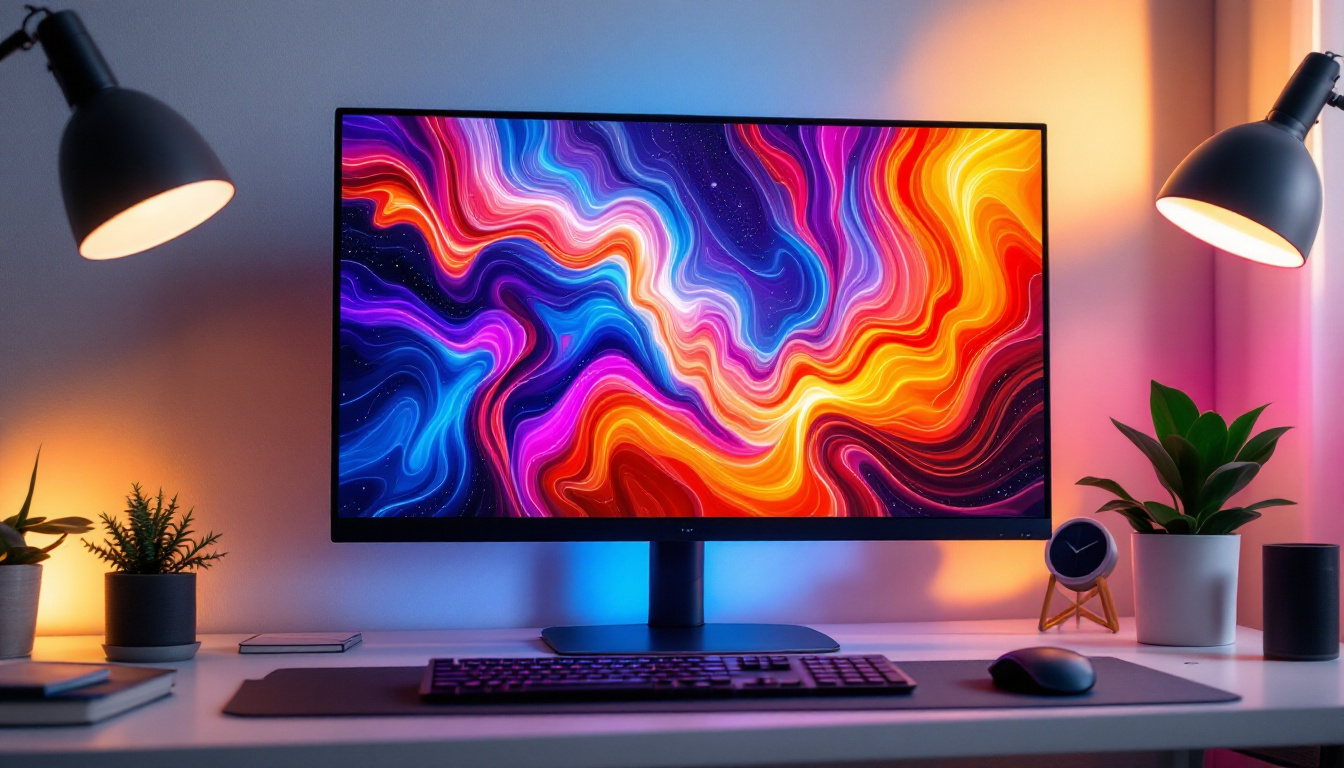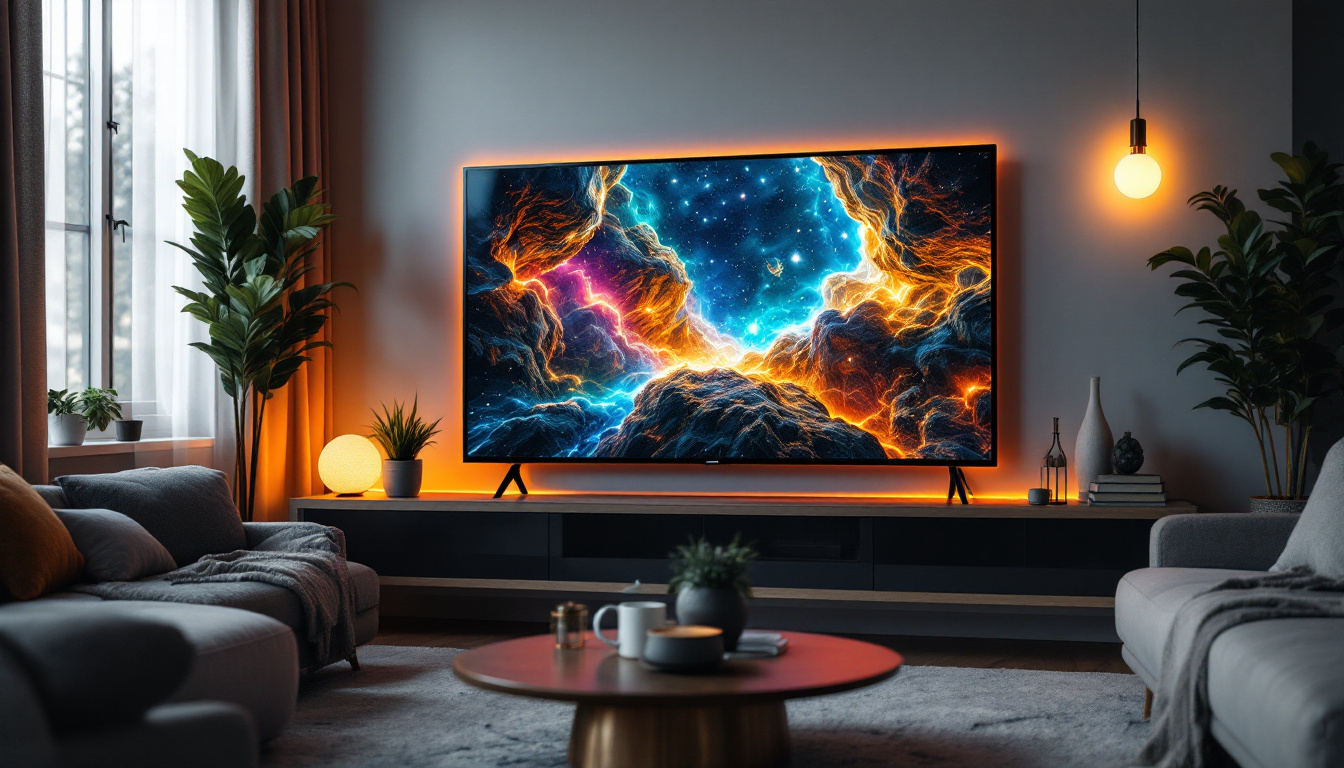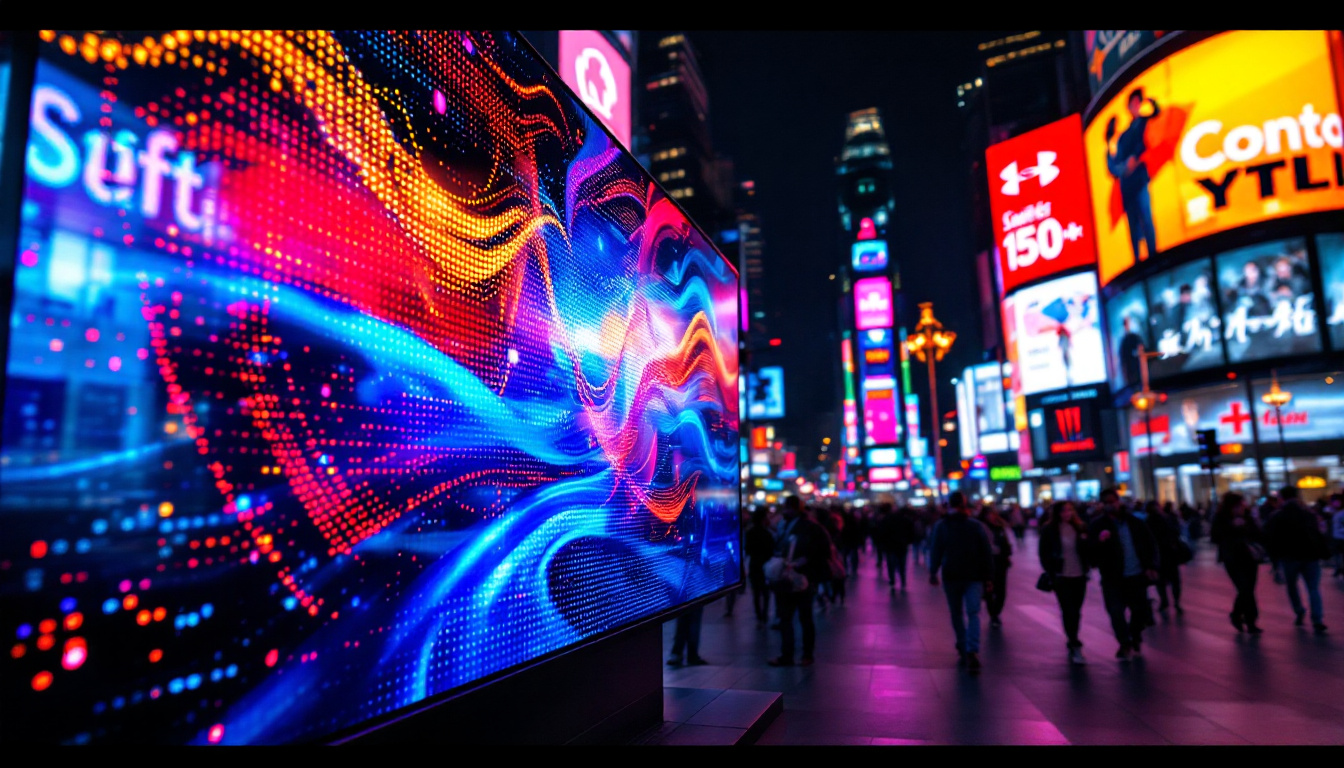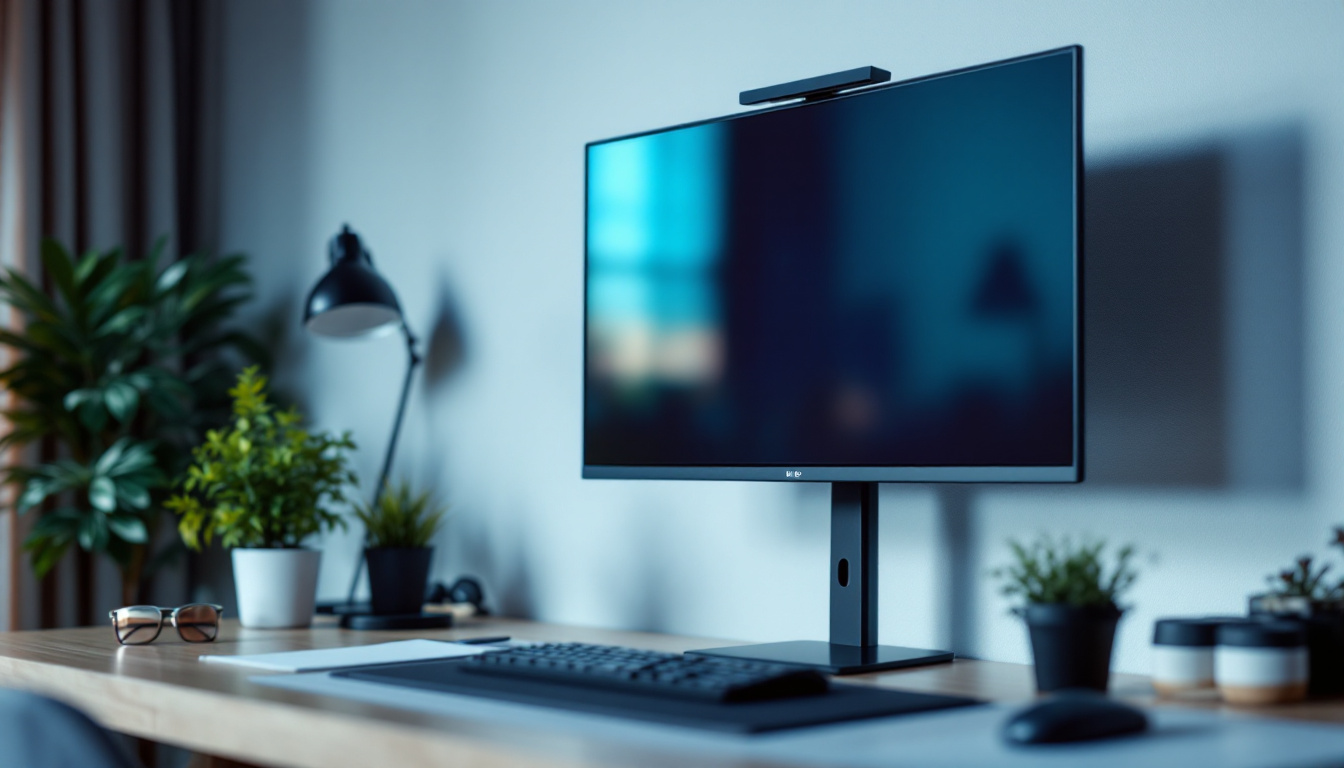In an increasingly mobile world, the demand for portable monitors has surged. These compact devices offer the flexibility of a second screen without the bulk of traditional monitors. With advancements in technology, particularly in LED display, portable monitors have become more efficient, lightweight, and user-friendly. This article delves into the features, benefits, and functionalities of portable monitors, particularly focusing on their LED display technology.
Understanding Portable Monitors
Portable monitors are external displays that can easily be transported and connected to laptops, tablets, and even smartphones. They are particularly popular among professionals who work on the go, gamers looking for a larger screen, and anyone who needs additional screen real estate without the inconvenience of a full-sized monitor. With the rise of remote work and digital nomadism, the demand for these versatile devices has surged, making them an essential tool for modern-day productivity.
Key Features of Portable Monitors
When considering a portable monitor, several features stand out. These include size, weight, resolution, connectivity options, and battery life. Most portable monitors range from 13 to 17 inches in size, making them easy to carry in a laptop bag. Their lightweight design often weighs under two pounds, allowing for effortless portability. Additionally, many models come with protective cases that double as stands, ensuring that users can set up their workspace quickly and efficiently, no matter where they are.
Resolution is another critical aspect. Many portable monitors offer Full HD (1920 x 1080) or even 4K resolutions, providing sharp and vibrant visuals. This high resolution is particularly advantageous for graphic designers and video editors who require precise color accuracy and detail. Connectivity is also essential; most portable monitors come equipped with USB-C, HDMI, or DisplayPort options, ensuring compatibility with various devices. Some advanced models even support wireless connectivity, allowing users to connect their devices without the hassle of cables, which can be a game-changer in crowded or limited spaces.
Benefits of Using Portable Monitors
The advantages of using portable monitors are numerous. They enhance productivity by providing additional screen space, which is particularly beneficial for multitasking. Users can have multiple applications open simultaneously, reducing the need to switch between tabs or windows. This is especially useful during presentations or collaborative work sessions, where sharing information on a larger screen can facilitate better communication and engagement among team members.
Moreover, portable monitors can improve ergonomics. By allowing users to set up a dual-screen workstation, they can position the screens at eye level, reducing neck strain and promoting better posture. This is especially important for those who spend long hours working on their devices. Furthermore, many portable monitors come with adjustable brightness and blue light filtering technologies, which can help reduce eye fatigue during extended use. As a result, these monitors not only contribute to a more efficient workflow but also support the overall well-being of users, making them an invaluable addition to any tech-savvy professional’s toolkit.
LED Display Technology in Portable Monitors
LED (Light Emitting Diode) technology has revolutionized the way displays are made. Unlike traditional LCD monitors that use fluorescent backlighting, LED monitors use tiny diodes that emit light, resulting in better brightness, contrast, and energy efficiency. Understanding how LED technology works can help users appreciate the quality of portable monitors.
How LED Displays Work
LED displays function by utilizing a matrix of tiny diodes that produce light. These diodes can be arranged in various configurations, such as edge-lit or backlit, to enhance brightness and color accuracy. Edge-lit displays use LEDs along the edges of the screen, while backlit displays have a full array of LEDs behind the screen, providing more uniform brightness.
The technology behind LED displays allows for deeper blacks and brighter whites, resulting in a more dynamic range of colors. This is particularly beneficial for tasks that require color accuracy, such as graphic design or video editing.
Advantages of LED Displays in Portable Monitors
One of the primary advantages of LED displays is their energy efficiency. They consume less power compared to traditional displays, making them ideal for portable use, especially when battery life is a concern. Additionally, LED displays tend to have a longer lifespan, reducing the need for frequent replacements.
Another significant benefit is the improved viewing angles. LED displays maintain color and brightness consistency from various angles, allowing multiple viewers to enjoy the content without distortion. This feature is particularly useful during presentations or collaborative work sessions.
Choosing the Right Portable Monitor
With a plethora of options available, selecting the right portable monitor can be daunting. Several factors should be considered to ensure the chosen monitor meets specific needs and preferences.
Screen Size and Resolution
Screen size and resolution are critical factors that can significantly affect the user experience. A larger screen size can enhance visibility and make multitasking easier, while higher resolutions provide sharper images. Users should assess their typical usage scenarios to determine the optimal size and resolution.
For instance, a graphic designer may prefer a monitor with higher resolution for detailed work, while a business professional might prioritize portability and opt for a smaller screen size.
Connectivity Options
Connectivity is another vital consideration. Users should ensure that the portable monitor is compatible with their devices. USB-C has become a standard for many modern laptops and tablets, offering both power and data transfer through a single cable. HDMI and DisplayPort are also common, particularly for gaming and multimedia purposes.
Additionally, some portable monitors come with built-in USB hubs, allowing users to connect multiple devices simultaneously, enhancing overall productivity.
Use Cases for Portable Monitors
Portable monitors serve a variety of purposes across different fields. From business professionals to gamers, these devices cater to diverse needs, making them versatile tools in today’s fast-paced environment.
For Business Professionals
Business professionals often find portable monitors invaluable for presentations and meetings. The ability to connect to a laptop or tablet allows for seamless sharing of information with clients or colleagues. The extra screen space can facilitate better organization of documents and applications, leading to increased efficiency.
Moreover, during travel, having a portable monitor can transform any location into a productive workspace, enabling professionals to work effectively from hotels, airports, or cafes.
For Gamers
Gamers also benefit from portable monitors, especially those who enjoy gaming on the go. A portable monitor can enhance the gaming experience by providing a larger, high-quality display compared to a laptop screen. Many portable gaming monitors feature high refresh rates and low response times, which are crucial for competitive gaming.
Additionally, some portable monitors come with built-in speakers and adaptive sync technology, further enhancing the gaming experience. This makes them an attractive option for gamers who attend LAN parties or travel frequently.
Setting Up Your Portable Monitor
Setting up a portable monitor is typically straightforward, but following the correct steps can ensure optimal performance. Here’s a general guide to getting started.
Connecting the Monitor
First, connect the portable monitor to your device using the appropriate cable. Most monitors will have a USB-C or HDMI port, so ensure that your device supports the chosen connection method. Once connected, the monitor should automatically be detected by your device.
If it doesn’t, users may need to adjust the display settings on their device. This can usually be done through the display settings menu, where options for extending or duplicating the display can be found.
Adjusting Settings for Optimal Performance
After connecting, it’s advisable to adjust the monitor settings for optimal performance. This includes calibrating brightness, contrast, and color settings to suit personal preferences. Many portable monitors come with built-in settings menus that allow users to make these adjustments easily.
Additionally, users should consider adjusting the screen orientation if they prefer a vertical display for reading or coding tasks. Many portable monitors support both landscape and portrait orientations, enhancing versatility.
Maintaining Your Portable Monitor
Proper maintenance of a portable monitor can prolong its lifespan and ensure consistent performance. Here are some tips to keep in mind.
Cleaning the Screen
Regularly cleaning the screen is essential to maintain clarity and prevent dust buildup. Users should use a microfiber cloth and a gentle cleaning solution specifically designed for electronics. Avoid using harsh chemicals or abrasive materials, as these can damage the screen.
It’s also advisable to keep the monitor covered when not in use to protect it from scratches and dust.
Storage and Transportation
When transporting a portable monitor, it’s important to use a protective case or sleeve to prevent damage. Many manufacturers offer cases designed specifically for their monitors, providing additional cushioning during travel.
Additionally, users should avoid exposing the monitor to extreme temperatures or humidity, as these conditions can adversely affect the internal components.
Future Trends in Portable Monitors
The portable monitor market continues to evolve, with several trends shaping its future. As technology advances, users can expect to see improvements in display quality, connectivity, and functionality.
Advancements in Display Technology
Future portable monitors are likely to feature even more advanced display technologies, such as OLED and Mini-LED. These technologies promise to deliver superior color accuracy, contrast ratios, and energy efficiency, further enhancing the viewing experience.
Additionally, the integration of touch capabilities may become more prevalent, allowing for more interactive and intuitive user experiences.
Increased Connectivity Options
As devices continue to evolve, so too will the connectivity options for portable monitors. Wireless connectivity is expected to become more common, enabling users to connect their monitors without the need for cables. This would enhance portability and convenience, particularly in collaborative environments.
Furthermore, the incorporation of smart features, such as built-in applications and cloud connectivity, may also be on the horizon, transforming portable monitors into multifunctional devices.
Conclusion
Portable monitors have become an essential tool for many professionals and gamers alike. With their lightweight design, advanced LED display technology, and versatile applications, they offer significant advantages for enhancing productivity and improving the overall user experience. As technology continues to advance, the future of portable monitors looks promising, with innovations that will further enhance their functionality and usability.
Whether for business presentations, gaming sessions, or simply expanding screen real estate, portable monitors provide a practical solution for those on the go. Investing in a quality portable monitor can lead to improved efficiency, comfort, and enjoyment in various tasks, making it a worthwhile addition to any tech setup.
Discover LumenMatrix’s Advanced LED Solutions
Ready to elevate your visual experience with the latest in LED display technology? Look no further than LumenMatrix, a pioneer in crafting immersive and dynamic LED displays for every environment. From vibrant indoor walls to robust outdoor signage, our versatile range of products, including custom solutions and transparent displays, is designed to bring your vision to life. Don’t miss out on the opportunity to transform your workspace or entertainment setup. Check out LumenMatrix LED Display Solutions today and step into the future of visual communication.

